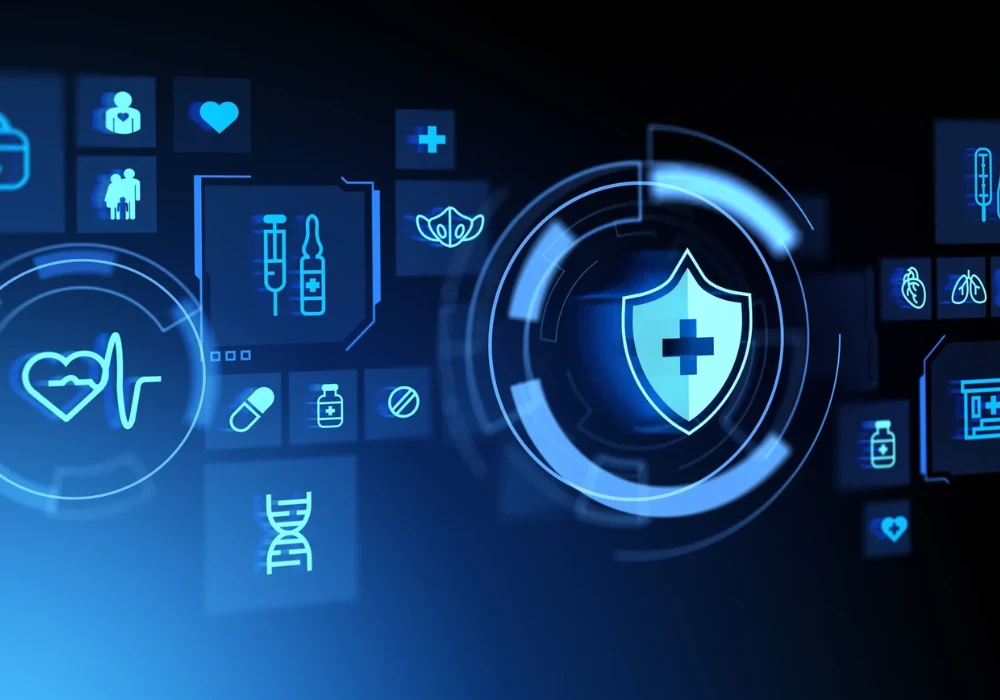Ransomware and other cyber threats continue to test healthcare resilience, yet many health systems still struggle to answer a basic question in a crisis: which assets are at risk and how are they connected. Accurate, centralised inventory management closes that gap by giving IT and security teams real-time visibility of hardware, software and their interdependencies. With budgets under pressure and teams already stretched, especially in independent, rural and community hospitals, a single source of truth for assets becomes essential to prioritise actions, contain threats and shorten recovery. When every minute counts, knowing what exists, where it is and who owns it underpins a disciplined incident response.
Asset Visibility Accelerates Containment
The core benefit of a comprehensive asset inventory is situational awareness. When an attack unfolds, teams can rapidly determine which systems are exposed, how they interact and where to focus containment. Clear visibility enables response plans to be executed in the right order, limiting spread and reducing the risk of data loss and prolonged downtime. Conversely, gaps in the asset register undermine otherwise well-designed playbooks because responders cannot confidently isolate affected endpoints or applications. Centralised inventory management therefore operates as a control point for both detection and response, guiding triage, patching and restoration based on verified configuration and ownership data.
Must Read: Defending Against Interlock Ransomware
Beyond day-to-day lifecycle tasks, asset intelligence is directly tied to cybersecurity risk reduction. It supports identification of vulnerable devices, highlights shadow IT and clarifies responsibility for remediation. For organisations with constrained resources, a consolidated view also reduces duplication of effort by aligning information used by security, clinical engineering and operations, ensuring that the same data feeds policy enforcement and incident handling.
Governance And Cross-Functional Coordination
Preparedness depends on more than tools. Effective incident response is a cross-functional discipline that brings together IT with legal, communications and clinical stakeholders so nothing is missed during an event. Integrating asset management into this governance model ensures decisions are based on current, shared information rather than fragmented spreadsheets or outdated records. Hospitals and health systems are encouraged to centralise resources, expertise and strategy so teams operate from a coherent plan that links inventory data with escalation paths and external notifications.
Broader collaboration can strengthen this approach. A whole-of-state model connects healthcare organisations with state and federal partners, enabling information sharing, pooled resources and access to funding that may not be available to individual sites. This improves coordination and visibility across regions, aligns tooling and enhances threat detection. For smaller or independent providers, such frameworks can amplify capability without requiring large internal teams, while still maintaining a consistent standard for asset hygiene and response readiness.
Audits And External Expertise
Technology alone will not keep inventories reliable. Regular device and security audits keep records accurate and actionable, especially in fast-changing environments. Frequent assessments, including tabletop exercises, help teams validate that inventory data matches reality and that response procedures work under pressure. A robust security audit programme should span risk assessments, compliance reviews, vulnerability assessments, penetration testing, process and policy audits, incident response evaluations and information privacy reviews. Each component reinforces the others by identifying blind spots, confirming control effectiveness and ensuring that roles and responsibilities are clear.
Resourcing remains a persistent obstacle for many healthcare organisations. Understaffed teams cannot defer asset management because it is foundational to response. When internal capacity is limited, external support can bridge gaps. A managed security services provider (MSSP) offers round-the-clock monitoring and scalable systems that can be tailored to healthcare environments. For strategic direction and execution support, a virtual chief information security officer (vCISO) can provide temporary leadership to establish priorities, tighten processes and guide implementation. These models give organisations the expertise needed to sustain accurate inventories, exercise response plans and maintain vigilance without overextending internal staff.
Centralised inventory management is not merely an operations task but a security imperative that underpins rapid, orderly incident response. Real-time asset visibility helps teams prioritise actions, contain threats and avoid extended recovery, while cross-functional governance ensures decisions align clinical, legal and communications needs. Regular audits keep data trustworthy, and exercises prove readiness. For organisations facing staffing constraints, MSSPs and vCISO support can sustain momentum. By anchoring incident response planning in reliable asset intelligence, healthcare providers strengthen resilience and reduce cybersecurity risk without adding complexity.
Source: HealthTech
Image Credit: iStock










